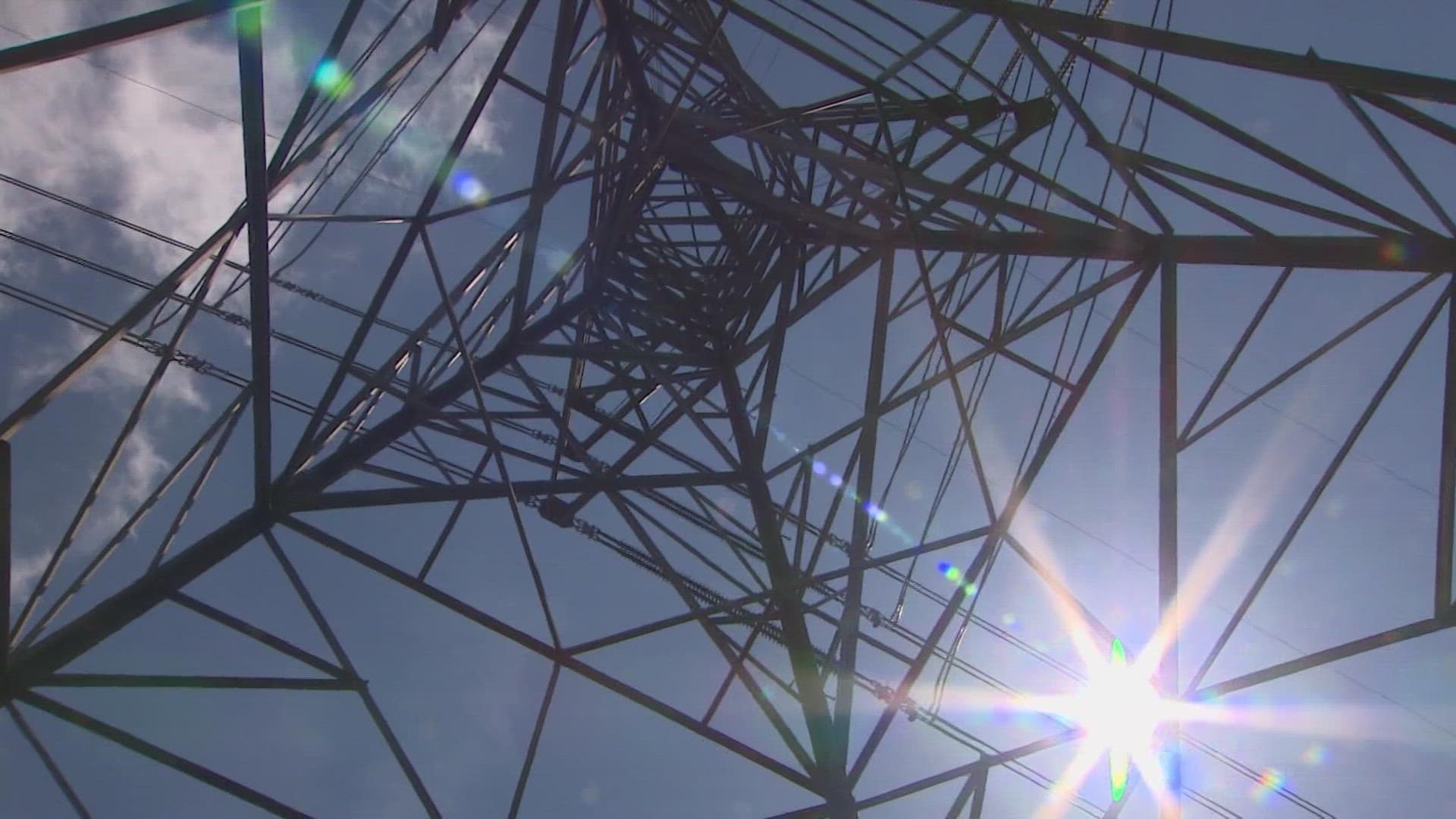AUSTIN, Texas — State energy officials on Wednesday said the Texas power grid is stronger and more reliable this winter than ever before, with the top public utility regulator repeatedly pledging “the lights will stay on.”
In a joint news conference, the heads of the Public Utility Commission of Texas and Electric Reliability Council of Texas updated reform efforts to enhance grid resiliency.
Perhaps the biggest change since the February freeze that killed scores of Texans and left millions without power, is mandatory winterization of power plant and transmission equipment.
ERCOT Interim CEO Brad Jones said 97% of the state’s 855 power generators submitted winter readiness reports by the December 1 deadline. He said a team of a dozen inspectors will make on-site checkups this month to ensure facilities have made the upgrades they outlined on paper.
“Have they put thermal blankets on the right types of equipment to make sure those thermal blankets keep those facilities, warm, have they appropriately set heat tracing in place so that pipes don’t freeze up?” Jones said.
PUC Chairman Peter Lake added the two agencies have moved at “lightning speed” to carry out energy reform bills passed by lawmakers to shore up the grid.
“The ERCOT grid is stronger and more reliable than ever,” Lake said.
“No other power grid has made as remarkable changes in such an incredibly short amount of time as we have,” he said.
Lake pledged that companies that do not winterize will be penalized “swiftly and heavily." Hours after those comments the PUC recommended $7.5 million in fines against eight power generation companies that did not file winter readiness reports in time.
The violations notices were filed against Cooke Solar, Bull Creek Wind, Cotton Plains Wind, Lamesa Solar, Midway Solar, OCI Alamo, Shell Oil Company and Texas Big Spring LP. The PUC said those companies had 13 generation units with no winter readiness reports filed, representing about 800 MW of electricity, or enough to power about 160,000 homes.
A Shell spokesperson said the company does have weatherization plans in place for its assets and will be actively working to ensure the appropriate documents are filed.
“It’s really important to have somebody go back and police this, and ERCOT and the Public Utility Commission are making a move in that direction now,” said KHOU 11 Energy Analyst Ed Hirs.
Hirs said despite the public assurances that the lights will stay on, there are still two areas of concern. First, new laws do not require natural gas facilities to weatherize equipment until next winter at the earliest. As for this winter, ERCOT’s own seasonal assessment of resource adequacy, or SARA report, outlines three extreme risk scenarios where reserves there would not be enough power to go around. Those include a combination of high power plant outages and low wind and solar output during times of peak demand.
“This is ERCOT’s own analysis of what could possibly happen,” Hirs said. “All of which could lead to a deficit, a shortfall, blackouts.”
When questioned about the ERCOT forecast, Chairman Lake called it simply a “scenario analysis” and not a prediction tool or promise of a certain outcome.
WATCH: More KHOU 11 Investigates

